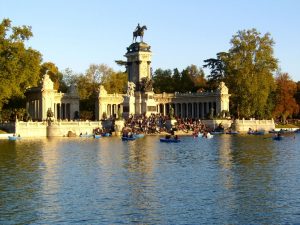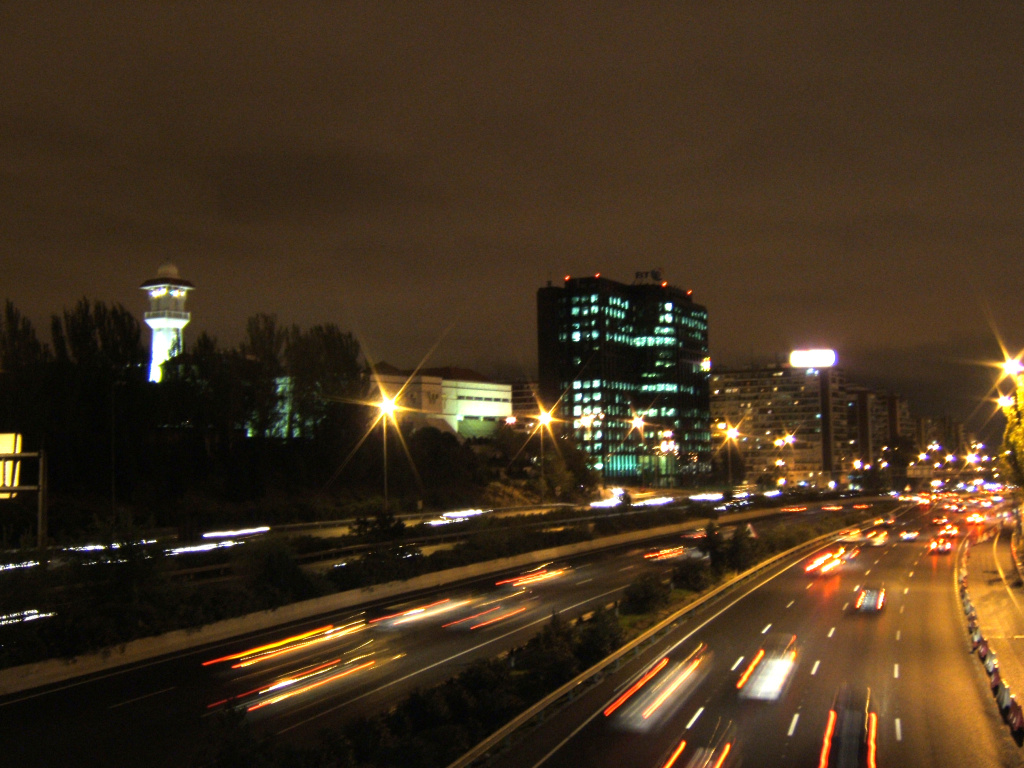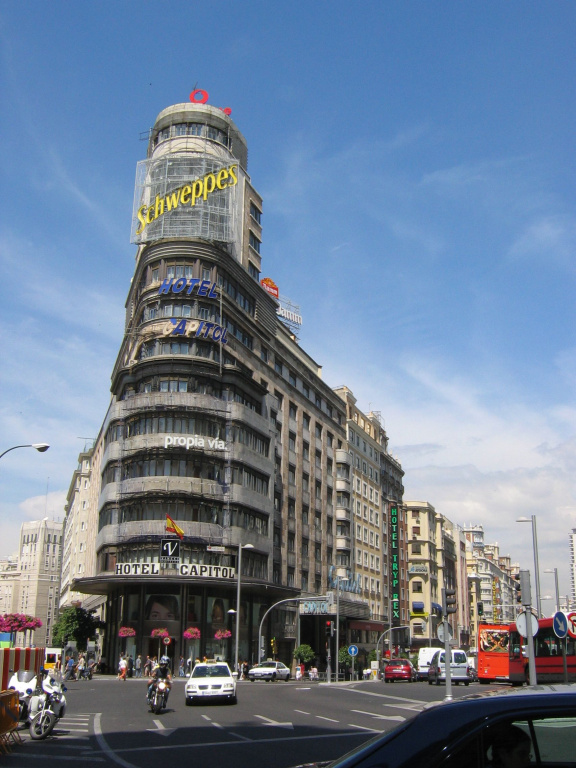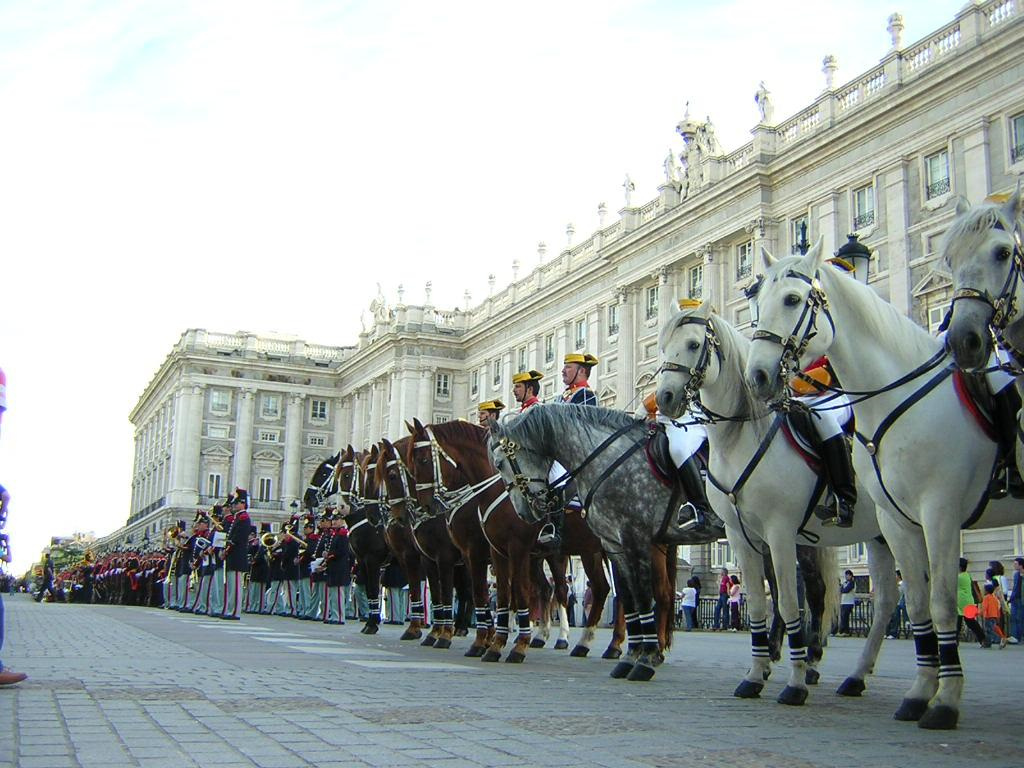During the late tenth century, the chronicles has mentioned of the existence of the fort where the Royal Palace can be found today. The place was then occupied by the Moors which was called Mayrit, and was later changed to Magerit before it was renamed Madrid. Few centuries after, the borough was developed with the Arab walls still evident until now.
In 1085, Madrid was won by Alfonso VI from the Moors. As the king ordered, mosques were sanctified into the Catholic Church with La Virgen de la Almudena as the patron saint. Even then, the feast day of said patron saint was celebrated on the ninth (9th) day of November.
The Court of Madrid was assembled in 1329 by King Fernando the 5th. Unbelievers were forced out of the city in the year 1494 as the mosques and other related buildings vanished. Madrid then became under different kings including Juan l to Leon V of Armenia, then by the Sultan of Babilonia. After being burned, Enrique III rebuilt the city and included it under Crown of Castille.
Dubbed as ‘Very Noble and Loyal”, Enrique VI had his wedding in the city. After his death, two bands emerge within the kingdom, both battling for the throne. During  these times, the borough of Madrid sided with the Comuneros. Emperor Carlos V reigned and he called the city “Crowned and Imperial.” Carlos V. was captivated with Madrid. In 1561 yet without any official statement, his son Felipe II, transferred the Imperial court to Madrid. Madrid remains the capital of the Kingdom.
these times, the borough of Madrid sided with the Comuneros. Emperor Carlos V reigned and he called the city “Crowned and Imperial.” Carlos V. was captivated with Madrid. In 1561 yet without any official statement, his son Felipe II, transferred the Imperial court to Madrid. Madrid remains the capital of the Kingdom.
Changes in Madrid became eminent with the development of its new look during the 18th century – bridges, buildings gates and construction of The Royal Palace or the Palacio de Oriente until complete in 1760. This is followed by the making of Puerta de Alcala, Puerto de Toledo, the Botanical Gardens, and the Natural Science Museum. Improvements have been significant especially with the College of San Carlos, Casa de Cisneros, the General Hospital and the fountains of Apollo, Cibelles and Neptune.
Meanwhile, early in May of 1808, a revolt started the War of Independence. Some places were even dedicated for the purpose of disturbance like the Plaza Dos de Mayo in Malasaña. General Castaños resist the attacker in Bailen and penetrated Madrid before the end of August. When Napoleon presented him in Chamartin, few battles arises. The French then left Madrid after more than four (4) years. The next year, King Fernando VII entered Madrid.
The city improved even more under the reign of Isabel ll. Other buildings were rebuilt and have seen improvements on the water and gas lighting system. Madrid then escalated its way to being one of Europe’s most beautiful cities – really enchanting with it contemporary and classical appearance.



